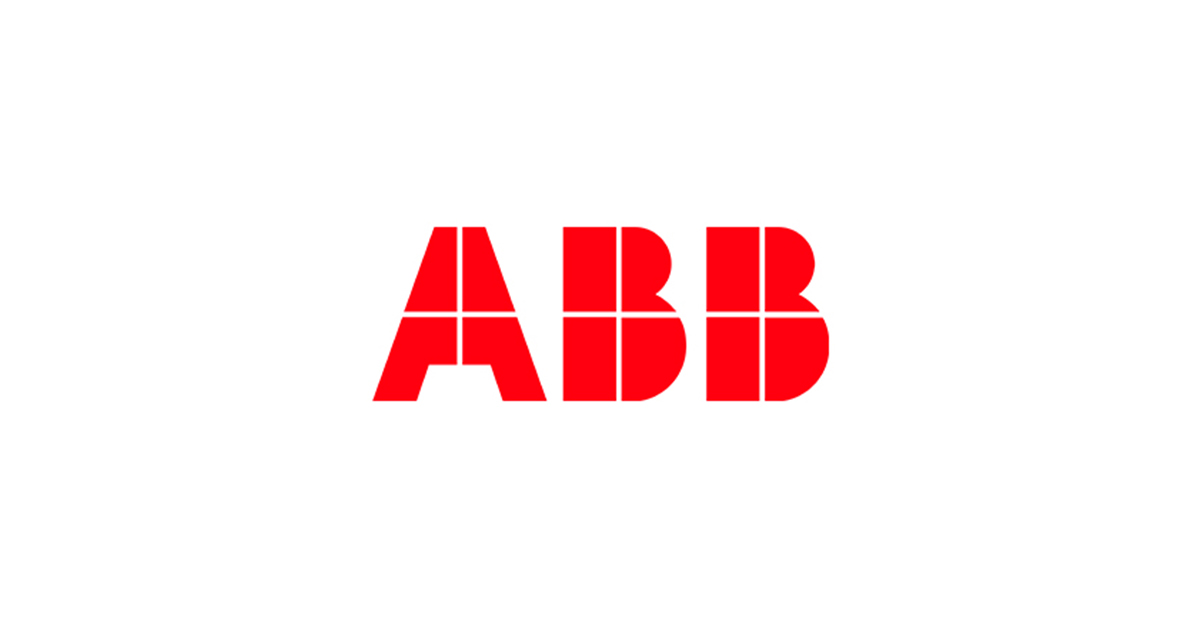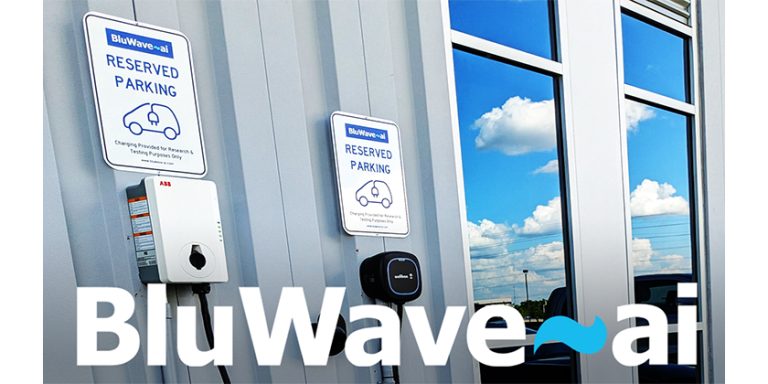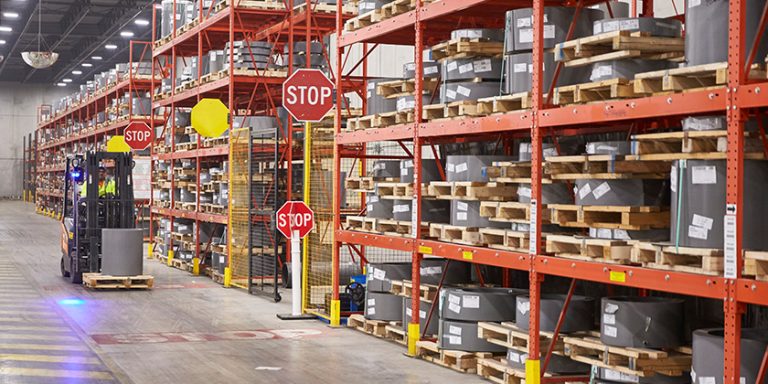The Future of Utilities Lies in the 3Ds of Power Generation: Decentralization, Decarbonization, and Digitalization

February 15, 2024
By Jay Misheal – Business Development Manager of Utility Electrification Solutions at ABB Canada
The power industry’s aging infrastructure has forced it to undertake the largest transformation in decades, one that will modernize the grid and make it more resilient. This comes at a time when electric vehicle adoption is on the rise, regulators are legislating less greenhouse gas emissions, and many companies are moving away from fossil fuels. All of this is demanding more from electrical power utilities.
With this transformation comes an opportunity to decrease the impacts on the environment through the 3Ds of energy: decentralization, decarbonization and digitalization.

Decentralization – putting power sources closer to consumers
Historically, the power industry has revolved around large, central power stations generating energy to distribute across long transmission lines to consumers. As electricity travels over vast distances, the amount of power lost during transmission increases.
In Canada, 60% 1 of energy is renewable, while the remaining 40% of energy is generated by coal, diesel and other non-renewable sources. However, the goal of the relatively new decentralized approach is to set up power sources closer to end users by placing energy production facilities closer to where that energy is consumed. This approach helps reduce energy loss and increases the potential to bring renewable energy online where fossil fuels or coal are the only available options.
ABB is helping utilities adopt more decentralization by bringing technology to the marketplace that connects to energy resources such as solar sites and battery storage banks. This includes modernizing hardware to enable data collection at multiple sites, so utility company teams can understand how much power is being produced and lost in specific areas. These insights help to inform strategic decisions and evaluate opportunities to reduce carbon emissions.
Decarbonization – reducing emissions
Increasingly, we’re seeing a global shift away from using fossil fuels (like oil, gasoline, and coal) toward renewable energy. Utilities are no exception.
Despite Canada’s favourable geography that allows for considerable renewable energy to be accessible, greenhouse gas emissions can still be present across electrical infrastructure.
Utilities are concerned about the sulfur hexafluoride (SF6) used globally in electricity transmission and distribution, including wind, solar and hydro electricity sources. Though SF6 has been widely used primarily due its excellent electrical insulation capabilities, it is one of the most potent greenhouse gas emissions and far more effective at warming the earth’s atmosphere than CO2 over longer periods of time. ABB’s Elastimold Solid Dielectric Switchgear offers an alternative to reduce or eliminate the use of SF6. The technology removes the need for SF6 in certain applications, particularly in medium-voltage power distribution, due to its insular dielectric materials.
As utilities look for ways to take SF6 out of their infrastructure and reduce the impact on global warming, ABB is working closely with industry and businesses to offer green alternatives. These include solutions with a reduced carbon footprint, little to no maintenance, and that also make work easier and safer for employees.
One of the most important impacts on the environment will be to continue to grow Canada’s renewable energy consumption beyond 60%.
Digitalization – going green by going digital
With global warming contributing to more erratic weather, extreme conditions and even natural disasters, it’s important to enhance grid resiliency and ensure it is able to handle unexpected and prolonged stress. Utilities are turning to digitalization for help. Installing sensors modernizes equipment, enabling facility managers to collect data that can help track faults or power outages. When disaster strikes, this can help utilities to more efficiently pinpoint and address the problem.
Digitalization can also make work safer. With the data collected, companies can manage their risk by planning downtime for maintenance outside of periods when there are significant cost and safety implications.
Digital solutions like ABB Ability have become powerful tools for monitoring and managing the complexity of operations. Going digital allows for communication between different equipment and monitoring across systems. That opens the door to new ways of improving efficiency gains from existing operations, while enabling flexibility and considerable opportunities for growth.
A forward-looking future for utilities
Cities are on a trajectory to expand electric vehicle infrastructure, industries are embracing smart buildings through digital solutions, and renewable energy exploration is ongoing. Utilities are grappling with modernizing their infrastructure while Canada moves toward its net zero future—an endeavour still in its early stages.
The more companies adopt these technologies, the greater the stress on the grid. As this continues, we need to turn to leverage advanced solutions and the three pillars of power generation—the 3Ds—to guide and manage the future of utilities.
For more information about ABB Canada’s smart buildings solutions, visit, https://new.abb.com/ca/segments/utility.
Discuss your project
If you are looking for inspiration, visit ABB’s Case Studies website for concrete examples of ABB utility and electrification projects, or contact ABB here.

About the author
Jay Misheal, a seasoned professional with over 24 years of experience in the automation sector, serves as the Business Development Manager of Utility Electrification Solutions at ABB Canada. He holds a Business Administration Diploma from Wilfrid Laurier University and an Electrical Engineering Technology Diploma from Conestoga College. His expertise lies in leading national initiatives within the utility segment, with a career trajectory spanning impactful roles such as Sales Manager for Low Voltage Products and Technical Sales Representative. Jay’s career journey reflects a strong commitment to driving innovation and fostering strategic partnerships in the field of automation, exemplifying his proficiency and dedication to the industry.
[1] WaterPower Canada https://waterpowercanada.ca/learn/







